What Three Parameters Do We Use to Describe Clastic Sediments
Clastic sediment is sediment consisting of fragments of rock transported from elsewhere and redeposited to form another rock. A clast is a fragment of rock or mineral ranging in size from less than a micron 1 too small to see to as big as an apartment block.
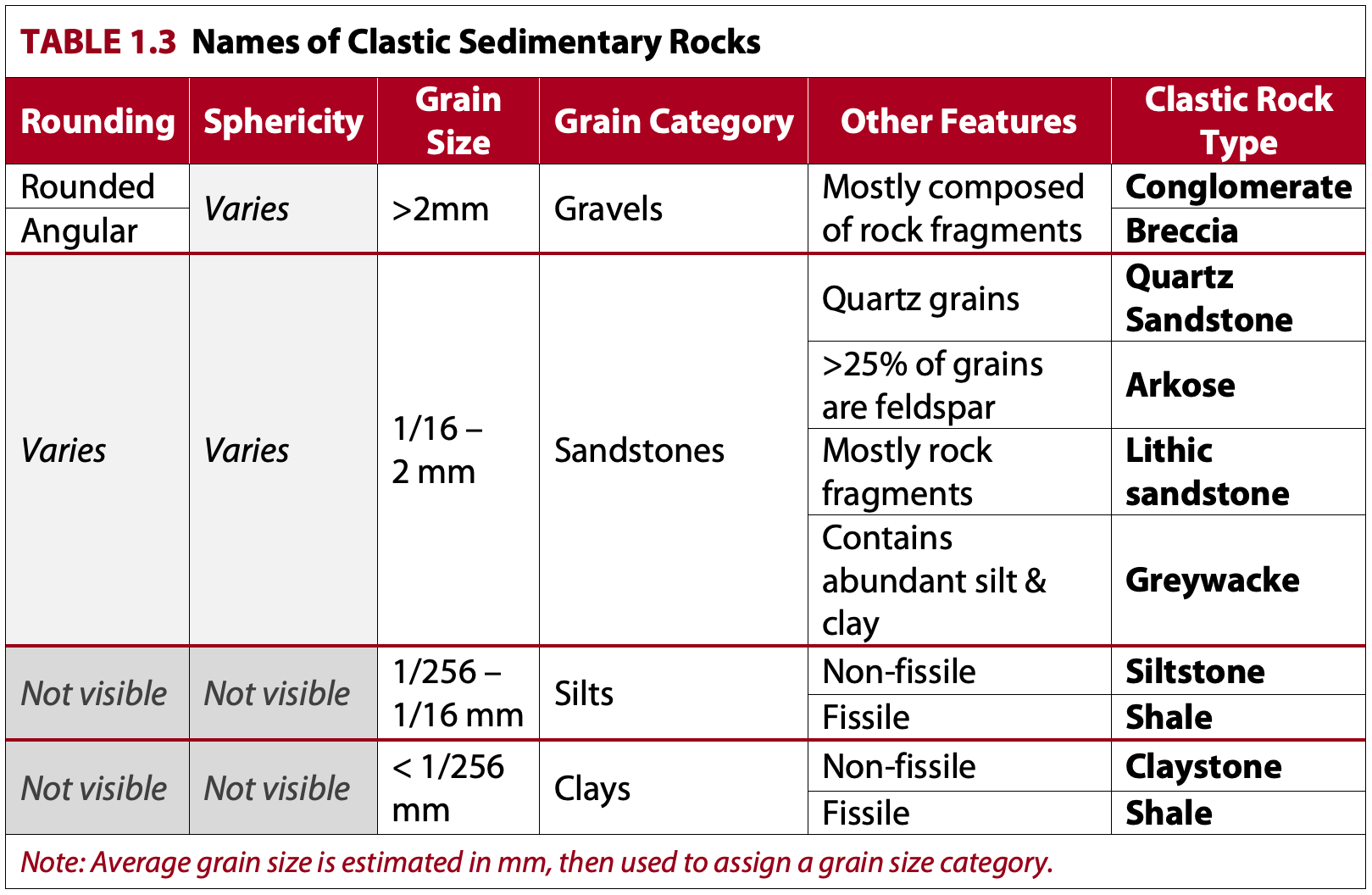
Describing And Naming Clastic Sedimentary Rocks Laboratory Manual For Earth History
The simplest way to identify clastic rocks from composition and texture is with a key.

. Tap again to see term. Deposited are called clastic rocks. That is the grains are not interlocking- they are held together as an aggregate by a cement.
What are the three main agents of metamorphism. The smaller ones tend to be composed of a single mineral crystal and the larger ones are typically composed of pieces of rock. Describe the typical composition of each clast size.
Limestone is a non-clastic sedimentary rock. Some experience in identifying minerals and rock fragments in a rock. Where in the world would you expect to find the results of regional metamorphism.
Describing sedimentary rocks some basics. We review their content and use your feedback to keep the quality high. The journey from loose sediment to hammer-ringing rock is one of the marvels of the geological world.
Non-clastic rocks are created when water evaporates or from the remains of plants and animals. Their names are based on their clast or. Sedimentary rocks are the most common rocks exposed on Earths surface but are only a minor constituent of the entire crust which is dominated by igneous and.
Clastic sediments are those that are comprised of eroded particles or clasts of previously existing rocks and sediments. 61 Clastic Sedimentary Rocks A clast is a fragment of rock or mineral ranging in size from less than a micron 1 too small to see to as big as an apartment block. Clasts are individual grains that make up the sediments.
Clastic rocks are classified and named according to texture clast size sorting and rounding and mineral composition. Gravel-sized clasts are mostly rock fragments sand-size clasts are mostly minerals quartz and. Breccia has angular pebbles.
For things like counter tops buildings statues ect. A handlens to identify feldspar and lithics especially with sand sized grains. First physical and chemical weathering break up and alter the parent rock to form.
What two terms are used to describe the texture of inorganic chemical sedimentary rocks. Click card to see definition. The classification factors are often useful in determining a samples environment of deposition.
3 Clastic sedimentary rocks are classified by the shape of their grains. The size classes used to describe clastic sedimentary rocks are from smallest to largest. The composition of clastic sediments and rocks is controlled by a complex suite of parameters operating during pedogenesis erosion transport deposition and burial.
Clastic biogenic and chemical and we differentiate the three based on the fragments that come together to. An important characteristic of the clastic sedimentary rocks however is that all have clastic textures. Temperature pressure hydrothermal fluids.
As wind water ice or other agents interact with pre-existing rocks the rocks gradually break apart into smaller rock fragments and mineral grains. The smaller ones tend to be composed of a single mineral crystal and the larger ones are typically composed of pieces of rock. Click again to see term.
Fine and coarse sand size. Clastic also known as siliciclastic chemical and biochemical. 61 Clastic Sedimentary Rocks.
The formation of sediment and sedimentary rock involves many physical chemical and biological processes sometimes operating separately but more commonly in concert. How do we use metamorphic rock today. Determining the sizes of the discrete particles that constitute a sedimentary rock.
Conglomerate has rounded pebbles. Detrital fragments of parent material dissolved ions and clay. What 3 parameters do we use to describe the textures of clastic sedimentary rock explain how it can be used to describe information about the environment of deposition.
The principal first-order parameters include source rock composition modification by chemical weathering mechanical disaggregation and abrasion authigenic inputs hydrodynamic sorting and. Any rock igneous sedimentary or metamorphic exposed at the Earths surface can become a sedimentary rock. Clastic sediments are made from fragments of rock.
Tap card to see definition. Clastic sedimentary rocks the rocks that form from the diagenesis of the clastic sediments. What is the major difference between a conglomerate and a breccia.
Various types of clasts are shown in Figure 531 and in Exercise 53. Terms in this set 10 Describe how clastic sedimentary rocks form from its unweathered parent rock. Particle size is an important textural parameter of clastic rocks because it supplies information on the conditions of transportation sorting and deposition of the sediment and provides some clues to the history of events that occurred at the depositional site prior to final induration.
Clastic sediments form from the. Clastic sediments are produced via a process called weathering. Pebbles cobbles and boulders gravel size.
Clastic sediments or sedimentary rocks are classified based on grain size clast and cementing material composition and texture. To use the key you might need several things. The three types of sedimentary rocks are clastic chemically precipitated and carbon-rich organic.
The clastic rocks with the largest grain size are conglomerates and breccias. Clasts are the fragments of rocks and minerals. Sedimentary rock rock formed at or near Earths surface by the accumulation and lithification of sediment detrital rock or by the precipitation from solution at normal surface temperatures chemical rock.
What is the major difference between conglomerate and a sandstone. Grains can be very angular. The advance of the sea across a region is known as a _____.
There are three general types of sediments. A metric ruler or grain size chart link. There are three types of sediment and therefore sedimentary rocks.
Clastic sedimentary rocks are most commonly classified by the size of the sediments called grain size. The sediment particles are then further exposed to rain wind and gravity which batters and break them apart through further weathering and erosion processes. What is the size of sedimentary rocks.
Clastic sedimentary rocks may have particles ranging in size from microscopic clay to huge boulders. Clay and silt mud size. Geologists classify sediments and sedimentary rocks based upon several parameters which include their chemical biological and physical modes of deposition as well as the grain size of the particles comprising the sediment or sedimentary rock.
Sediment _____ is a the primary characteristic used to classify clastic sedimentary rocks. Click card to see definition. Various types of clasts are shown in Figure 512 and in Exercise 53.
Through these processes larger rock is broken up into smaller particles which are. Examples of clastic rocks are sandstone and mudstone. The clastic route begins with the weathering and erosion of sedimentary igneous or metamorphic rocks.
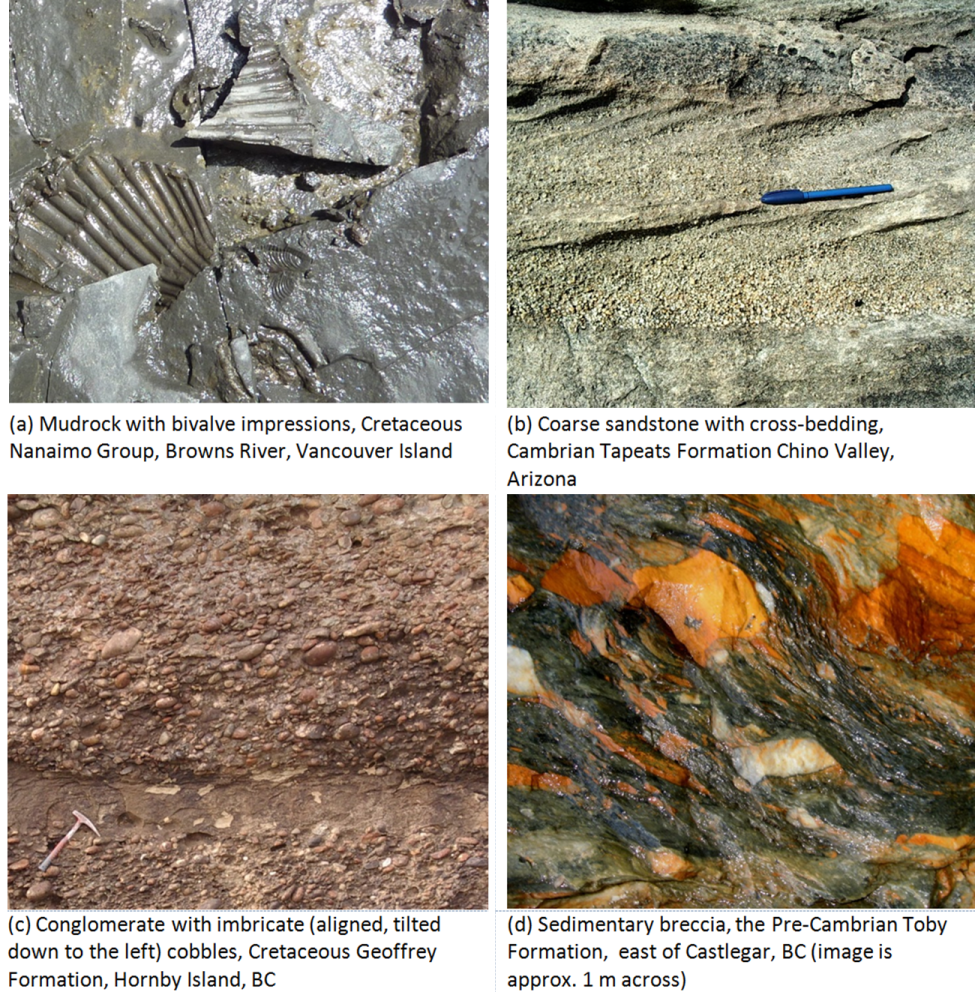
6 1 Clastic Sedimentary Rocks Physical Geology

Clastic Sediment An Overview Sciencedirect Topics

Clastic Rock An Overview Sciencedirect Topics

A Detailed Geological Column Of Quaternary Clastic Sediments From Download Scientific Diagram

Classification Of Fine Grained Terrigenous Clastic Rocks 13 Download Scientific Diagram
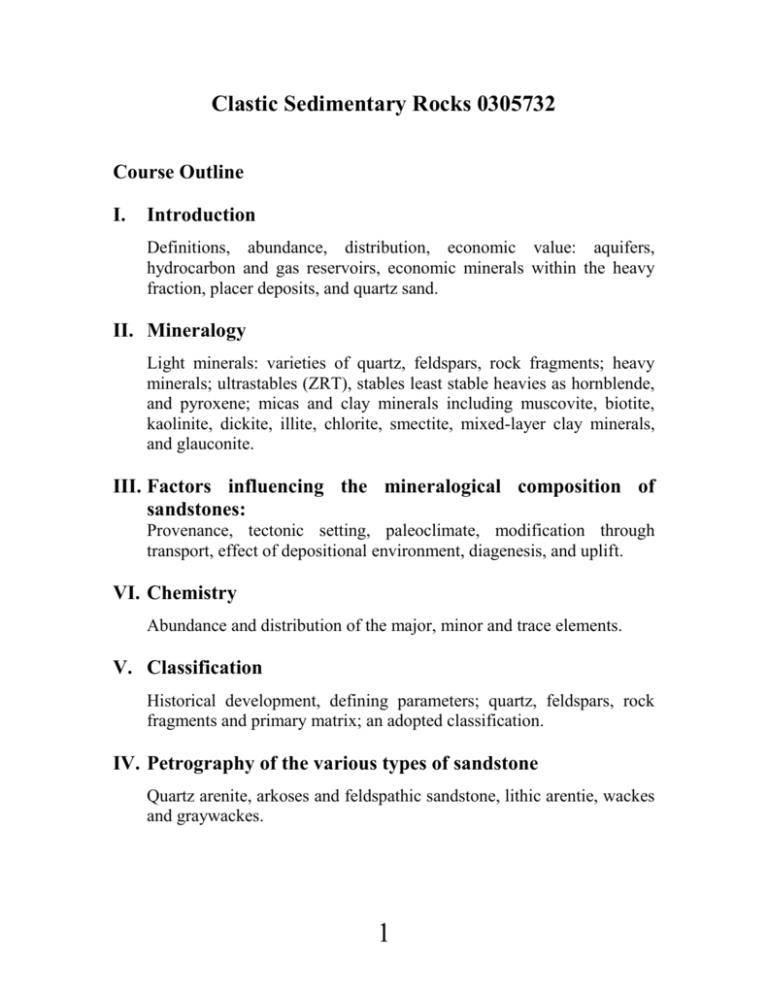
Clastic Sedimentary Rocks 0305732

Sedimentary Textures And Classification Of Clastic Sedimentary Rocks

Siliciclastic Rocks Geology Is The Way

Clastic Sedimentary Rocks Sedimentary Rocks Sedimentary Weathering And Erosion

Clastic Sediment An Overview Sciencedirect Topics

Sedimentary Petrology Geo Ppt Video Online Download
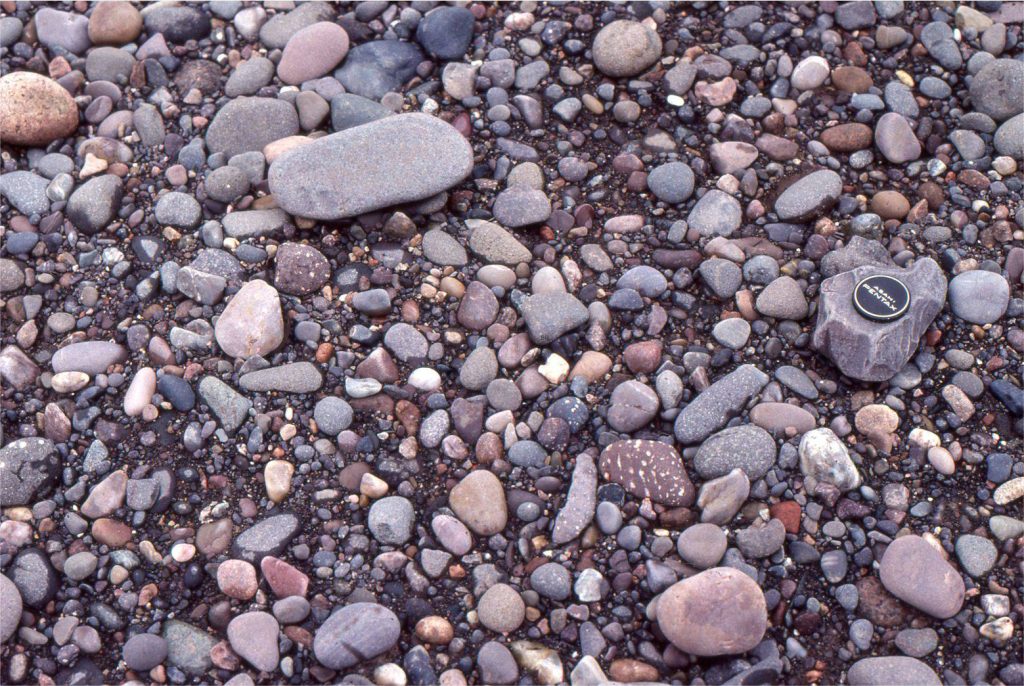
Grain Size Of Clastic Rocks And Sediments Geological Digressions

Tectonic Setting Discrimination Diagrams For Clastic Sedimentary Rocks Download Scientific Diagram

Comparison Between Carbonate And Siliciclastic Sedimentary Rocks Download Table
What Are Different Types Of Sedimentary Rocks Quora
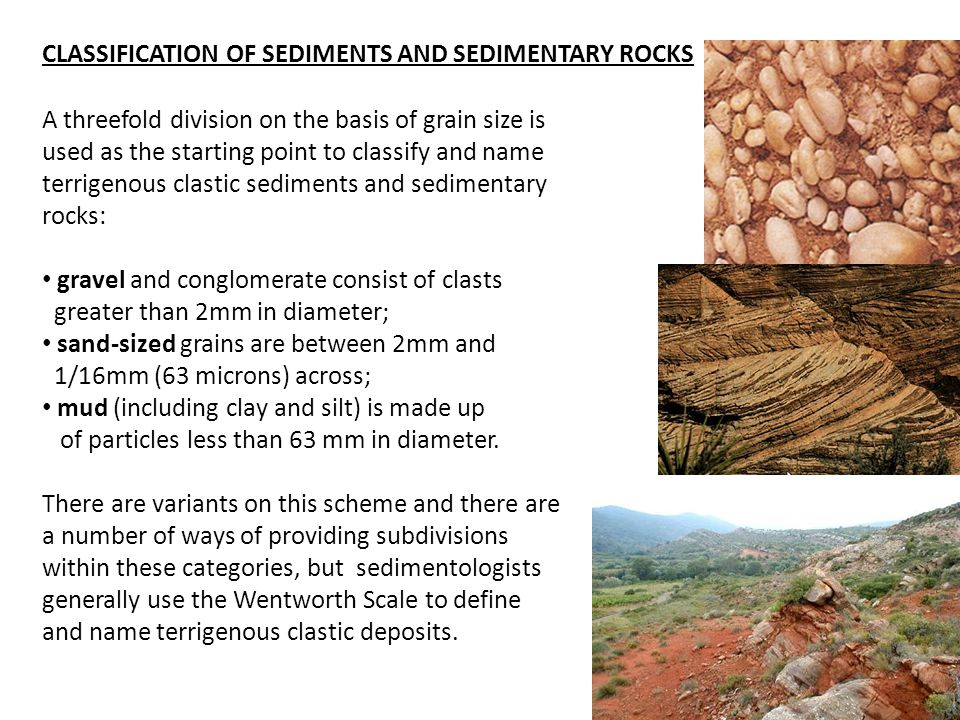
Sedimentologi Kamal Roslan Mohamed Terrigenous Clastic Sediments Gravel Sand Mud Ppt Download
What Are Different Types Of Sedimentary Rocks Quora

Comparison Between Carbonate And Siliciclastic Sedimentary Rocks Download Table

Comments
Post a Comment